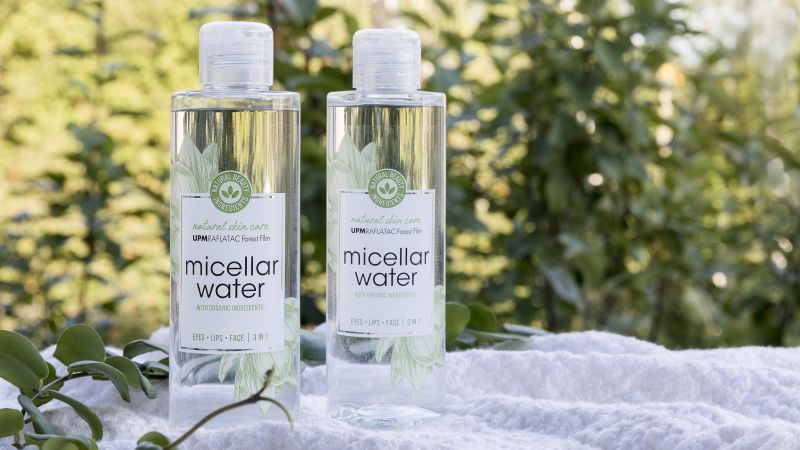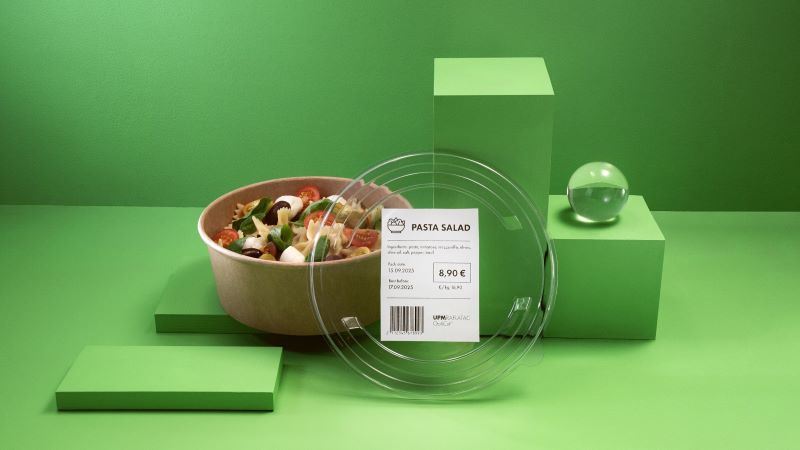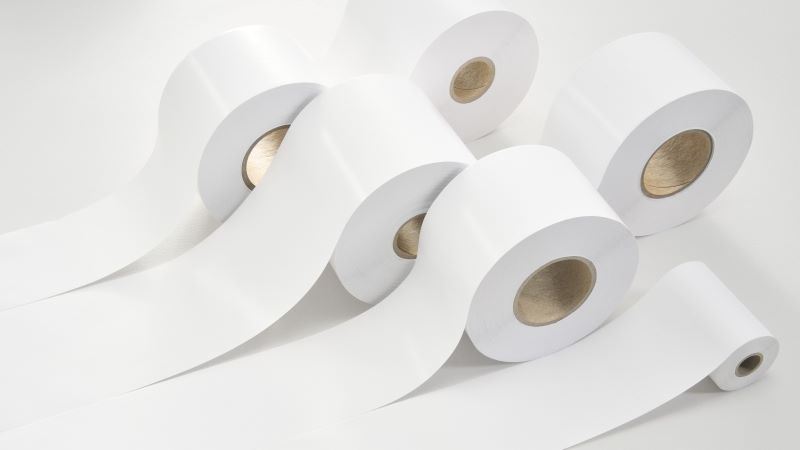EcoVadis recognizes INX International With Bronze Sustainability Medal
Schaumburg, IL – February 11, 2025 – INX International Ink Co. has earned its first company-wide honor from EcoVadis, the world’s largest and most trusted provider of business sustainability ratings. The organization issued INX a 2025 rated Bronze medal, which is directly related to the overall sustainability performance at all of its facilities in Europe and the Americas.
In 2022, subsidiary INX International UK was recognized by EcoVadis with a Silver medal for sustainability. Both honors were determined by an EcoVadis program scorecard that evaluates how well a company has integrated sustainability principles into their business. Since creating a global network database, EcoVadis has accessed the sustainability of over 100,000 rated companies in more than 175 countries representing 200 industry categories.
For more than two decades INX and parent company, Sakata INX, have exhibited a dedicated commitment to sustainability and a circular economy through new product development efforts, capital investment programs, and social responsibility. INX introduced a Coloring a Safe and Sustainable Future model in 2020 and prepares a Corporate Sustainability report on an annual basis.
“The EcoVadis program is based on existing environmental, social, and governance policies, quantifiable performance data, and auditing documentations. It focuses on four main themes: Environment, Labor & Human Rights, Ethics, and Sustainable Procurement,” said Peter Paul Obijaju, INX Director of ESG. With 19 years of environmental management and sustainability experience, he joined INX in 2024.
“The impact of an EcoVadis medal is significant in several ways. It signals credible, third party validation of INX’s commitment to sustainability and speaks volumes about our reputation,” explained Obijaju.
“The assessment process required documentation and performance data, so the transparency and accountability visibly reinforces our continuous improvement and public accountability methods. EcoVadis also aligns with global standards, supporting INX’s intentions are serious in terms of meeting international sustainability benchmarks.”
About INX International Ink Co.
INX International Ink Co. is the third largest producer of inks and coatings in North America, with full-service subsidiaries in Europe and South America and is part of SAKATA INX worldwide operations. We offer a complete line of ink and coating solutions technology for commercial, packaging, and digital applications. As a leading global manufacturer of inkjet inks, we provide a full palette of digital ink systems, advanced technologies and integrated services. Stay updated on the latest developments and follow INX on LinkedIn, Facebook, and X, or visit the website.



